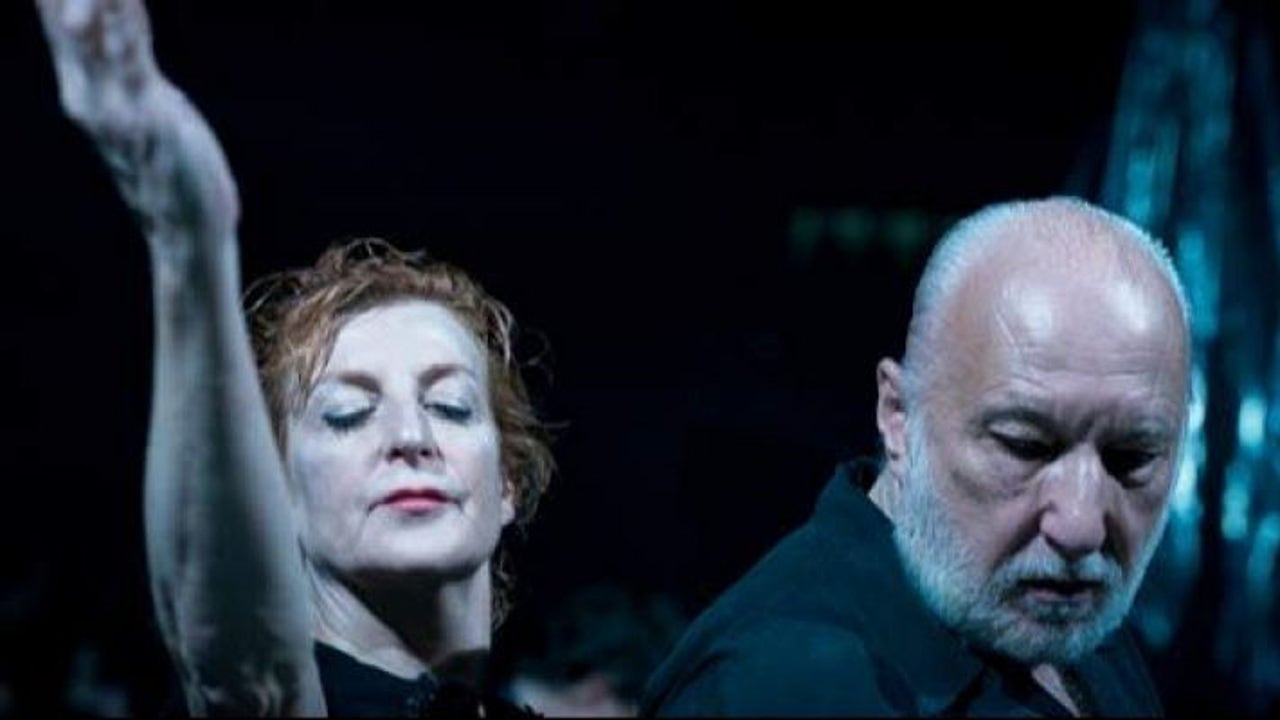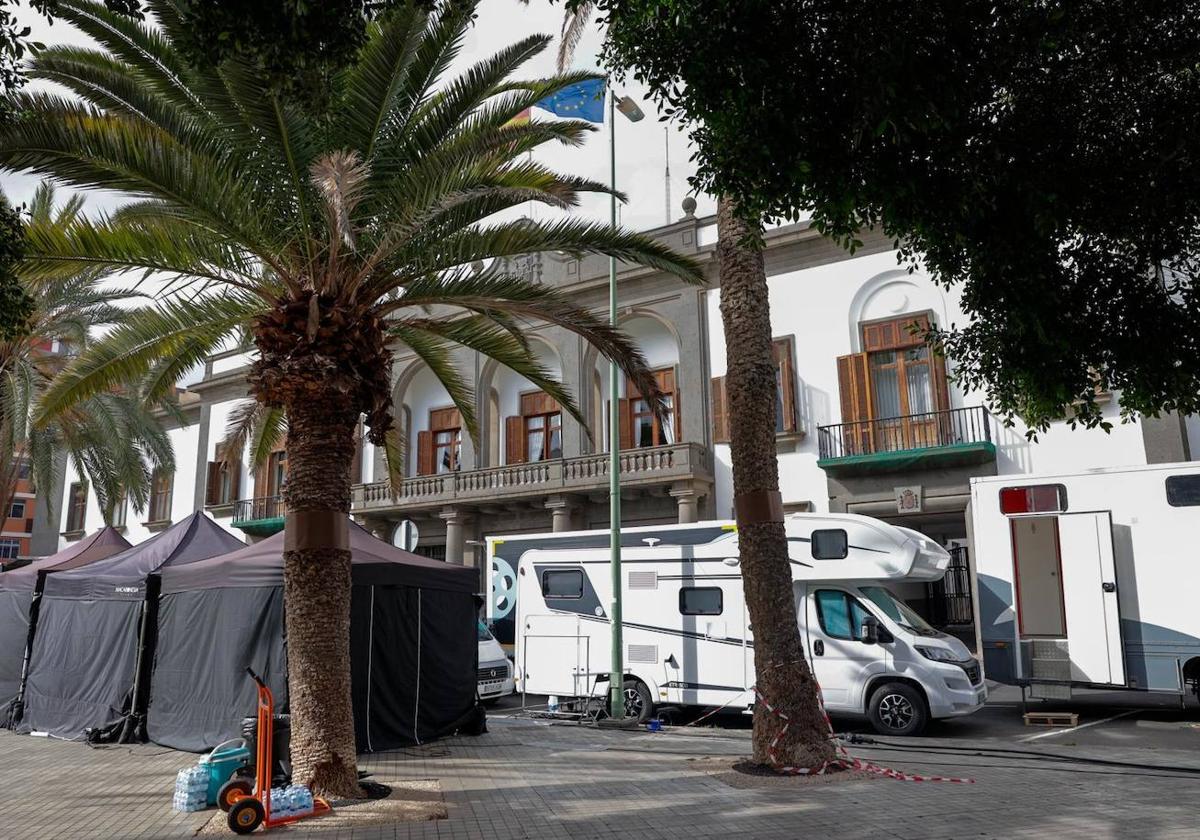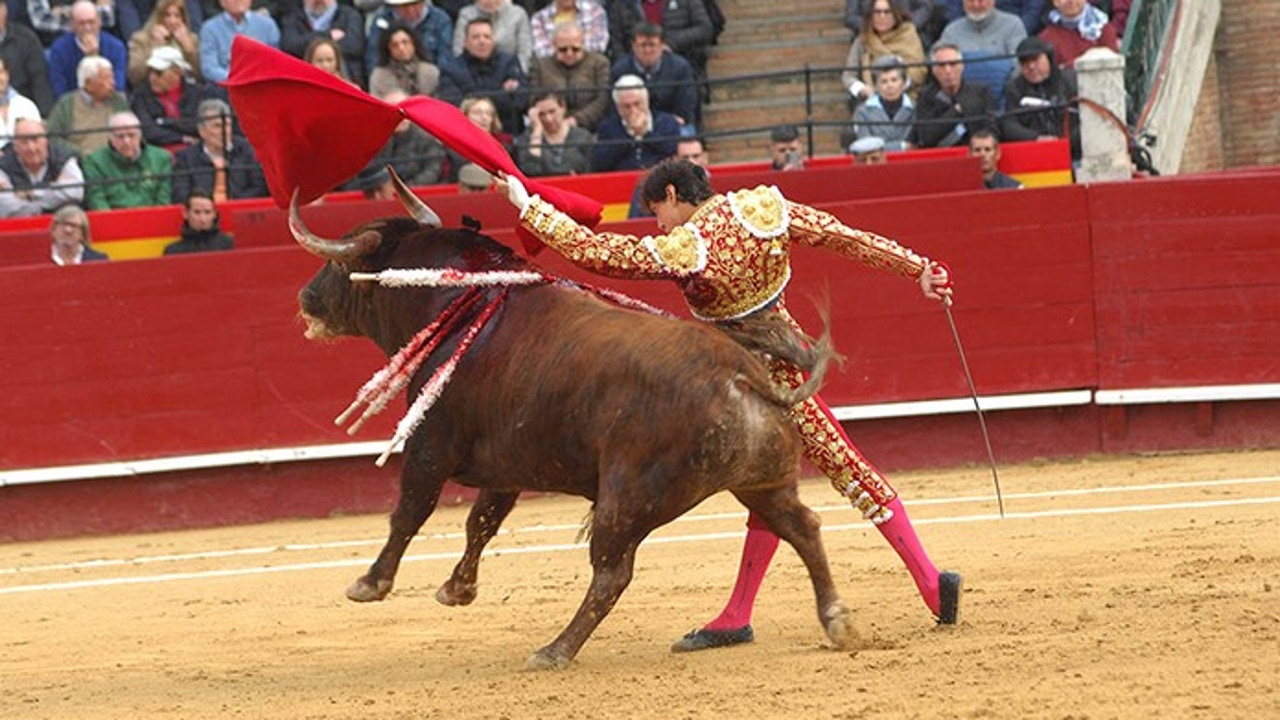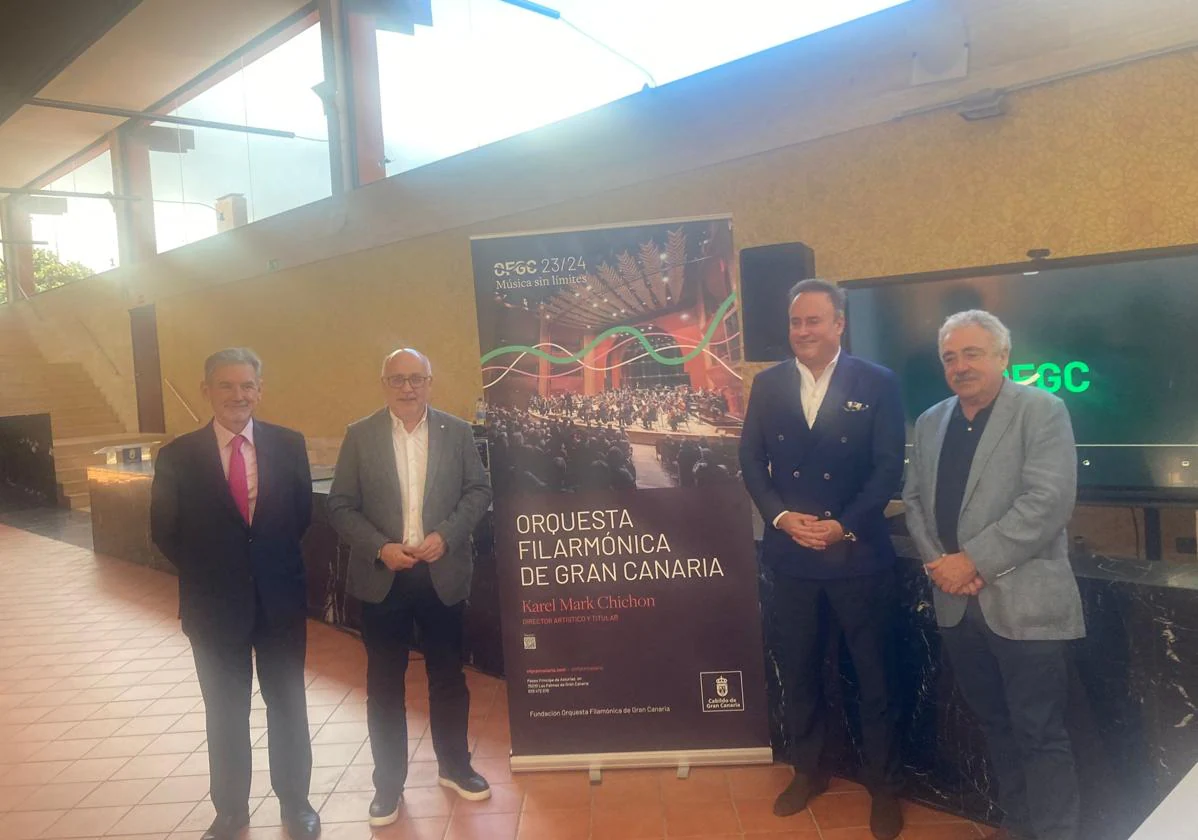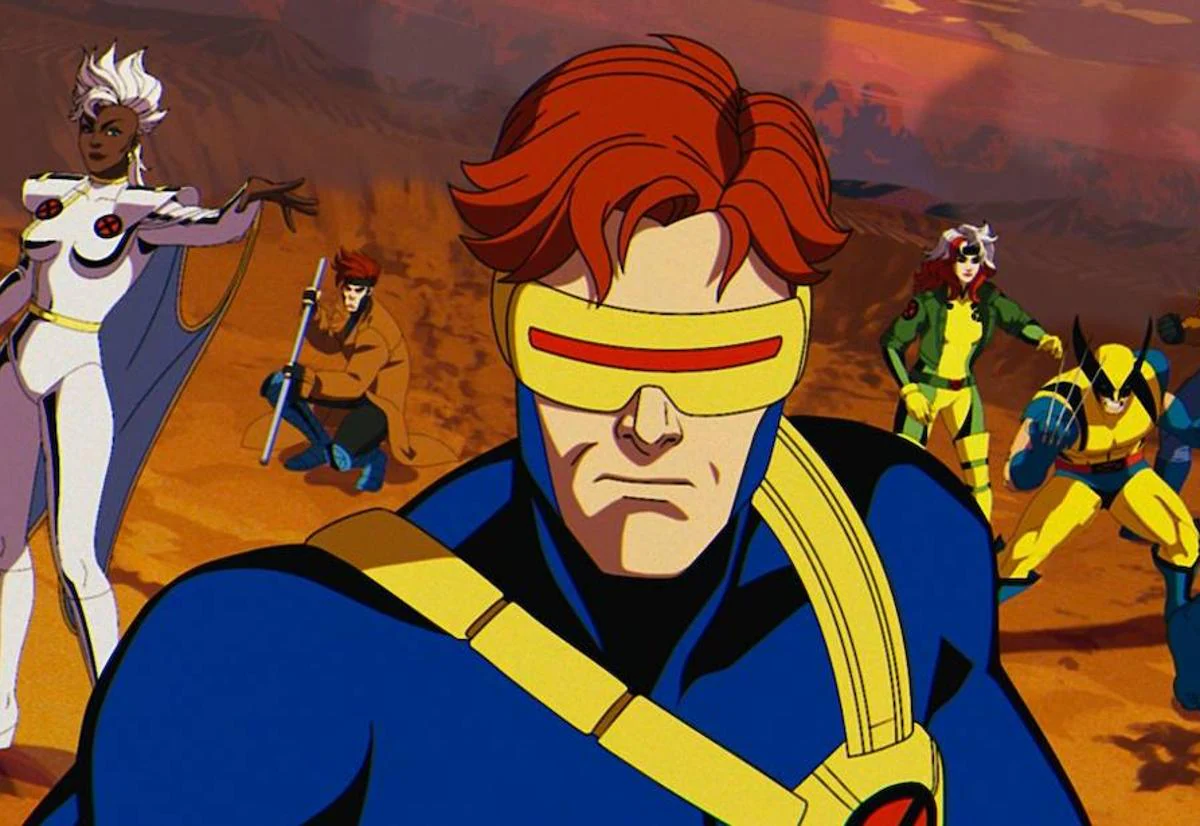Sarajevo, memory of horror in comic format

War correspondents reported that some Serbian snipers, stationed in the hills around Sarajevo, came to pick up their children from school after a grueling day of shooting at civilians in the Bosnian capital. Even more cruel was that, sometimes, these soldiers crossed bets to see who killed more children because they were a more difficult target. Thus, the horror in Sarajevo reached unknown heights on European soil since the end of World War II during a siege with medieval air that lasted between April 1992 and December 1995.
The unclassifiable Susan Sontag through 800 pages of selfishness, drugs, glamor and genius
Know more
A quarter of a century has passed, but the need to remember so as not to forget has led artists with an ethical commitment and a passion for historical memory, such as Fidel Martínez (Seville, 1979), to write and draw Sarajevo pain (Editorial Standard). "I thought of this book as an ethical intervention," says the author.
Fidel Martínez confesses that reflecting that conflict so devilish and difficult to understand, which marked a whole generation of Europeans, was "like a thorn that was stuck." “I was just a teenager in the 1990s,” he notes, “when the wars broke out in the former Yugoslavia. But as time went by, I realized the repercussions of that terrible conflict that took place next to Italy or Austria, that is, near our homes. It seemed incredible that an outrage like that was happening in the heart of Europe while the international community was powerless to stop those massacres. "
Somehow Sarajevo pain, a title in English that seemed more catchy to him, links to the concern about recent history issues of this cartoonist based in Badajoz who has already published titles such as the scriptwriter Jorge García Prey rope (Astiberri), on the prisoners of Francoism, or Special delivery, about the famous journalist Ryszard Kapuscinski. "That collaboration with Jorge was very fruitful, but I had ambitions to write and draw the stories," he clarifies.
Martínez, one of the most prominent Spanish cartoonists of his generation, has used in Sarajevo pain five characters to cover the daily complexity of that brutal siege, among which a young Bosnian woman stands out, awaiting the return of her partner from the front line, and a boy, Amir, who acts as the narrator. “Selja embodies the exhausting struggle for survival of city dwellers obsessed with searching for water or food.
For his part, Amir represents a childhood whose innocence was sullied during the war ”, the author explains, adding that this multifaceted vision allowed him to better tell the story.
Drawn the book in black and white, in a realistic and gloomy style, Fidel Martínez manages to convey the oppression that the residents of Sarajevo lived through, subjected to continuous bombardment and without any possibility of escaping from that deadly mousetrap where the walls looked painted saying Welcome to hell (Welcome to Hell).
Convinced that all creative work should involve an ethical commitment and that it is necessary not to dilute the memory of Sarajevo for the new generations, the cartoonist now adds the comic to the genres that have approached the Bosnian war from a Spanish perspective. In this sense, it should not be forgotten that thousands of soldiers and civilians from our country were involved in that conflict, from United Nations blue helmets to NGO members, journalists, diplomats and writers. Fidel Martínez emphasizes that the previous work of Sarajevo pain It required an intense work of documentation when reviewing numerous fiction films, documentaries, newspaper chronicles, novels, essays or poetry.
Among his main sources of inspiration, Fidel Martínez cites Sarajevo notebook, notes from a trip to barbarism (Aguilar), by Juan Goytisolo, written from the intellectual's stay in the besieged capital; Y Sarajevo (Misstep), by the journalist and playwright Alfonso Armada, a recovery of his chronicles of the war for the newspaper The country interspersed with his personal journal. These two titles add to a list of Spanish authors who have re-engaged in the Yugoslav wars such as the novelist Clara Usón with The daughter of the East (Seix Barral) or the essayist Miguel Roán, with Balkan marathon (Troy Horse).
Waiting for Godot
Currently president of the Spanish section of Reporters without Borders and a journalist who has cultivated the chronicle, the theater or the poetry, Alfonso Armada (Vigo, 1958) believes that that fight manifested ties with our civil war and was unleashed in a nearby country in geography and culture. “Bosnia was also,” he says, “covered in an exhaustive way by the Spanish press that displaced many special envoys. It was like a mirror to many of our problems and conflicts. "
"Perhaps now the time has come to reflect on its repercussions, on nationalist and religious debates that it aroused in the midst of the self-absorption of the European intellectuals of that time who put themselves in profile during those wars that were so difficult to assume. a very special country of the socialist bloc that many Spaniards had been able to visit as tourists in the 1970s and 1980s. ”Apart from Goytisolo, another notable exception to the indifference of Western intellectuals was offered by the American writer Susan Sontag, who mounted the work Waiting for Godotby Samuel Beckett, in the besieged and bombed Sarajevo of 1993 and spent long periods in Bosnia during the war.
In the recent essay on Sontag (Anagram), written by Benjamin Moser and 2020 Pulitzer Prize winner for Biography, the author recalls the impressions of those years of the Bosnian actor Izudin Bajrovic. “We were really waiting for someone to come and free us from that evil. We believed that it would be a humanitarian act. An act of dignity. Free ourselves from that suffering. But no one came to our aid. We waited in vain. We were hoping someone would say: this makes no sense, so many innocent people are killed here. We were waiting. We lived, in fact, Waiting for Godot”.
In the end, a military intervention by NATO, led by the United States, which even people like Sontag claimed, and the Dayton peace accords in 1995, put an end to the nightmare. With the same dignity as the American writer, Fidel Martínez tries with the comic Sarajevo pain that the memory of that barbarism is not erased.

